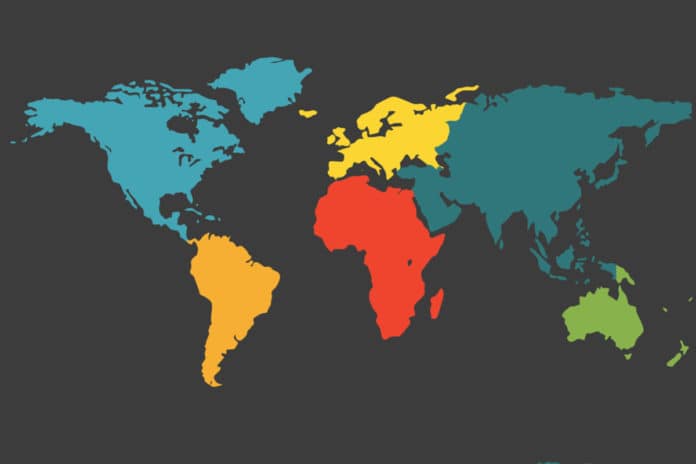Another investigation of rocks that shaped billions of years ago gives an understanding of how Earth’s plate tectonics advanced over the planet’s 4.56-billion-year history. The study uncovers that plate tectonics developed in the course of the last 2.5 billion years, in opposition to past examinations that said plate tectonics is much older, operating since Earth’s history, or that it is much younger, rising just around 700 million years ago.
This new timeline will impact research models for seeing how the Earth has changed after some time.
In an effort to determine the puzzle of how and when plate tectonics rose on Earth, scientists inspected a global accumulation of metamorphic rocks that framed in the course of the last 3 billion years at 564 sites. Metamorphic rocks will be rocks that, through the way toward being covered and warmed somewhere down in the Earth’s crust, have changed into another type of rock.
Researchers can gauge the depth and temperatures at which metamorphic rocks form, and along these lines constrain heat flow at better places in Earth’s crust. Since plate tectonics emphatically impacts heat flow, ancient metamorphic rocks can be utilized to study plate tectonics in the planet’s past.
The examination group compiled information on the temperatures and depths at which the metamorphic rocks framed and after that assessed how these conditions have changed systematically through geographical time. From this, the group found that plate tectonics, as we see it today, grew continuously in the course of the last 2.5 billion years.
Robert Holder, a postdoctoral fellow in the Department of Earth and Planetary Sciences at Johns Hopkins University said, “The framework for much of our understanding of the world and its geological processes relies on plate tectonics. Knowing when plate tectonics began and how it changed impacts that framework.”
“Clarity on when plate tectonics began and whether it was different in Earth’s past can help scientists better understand why we find certain rocks and minerals where we do and how they formed.”
The study is published today in the journal Nature.
